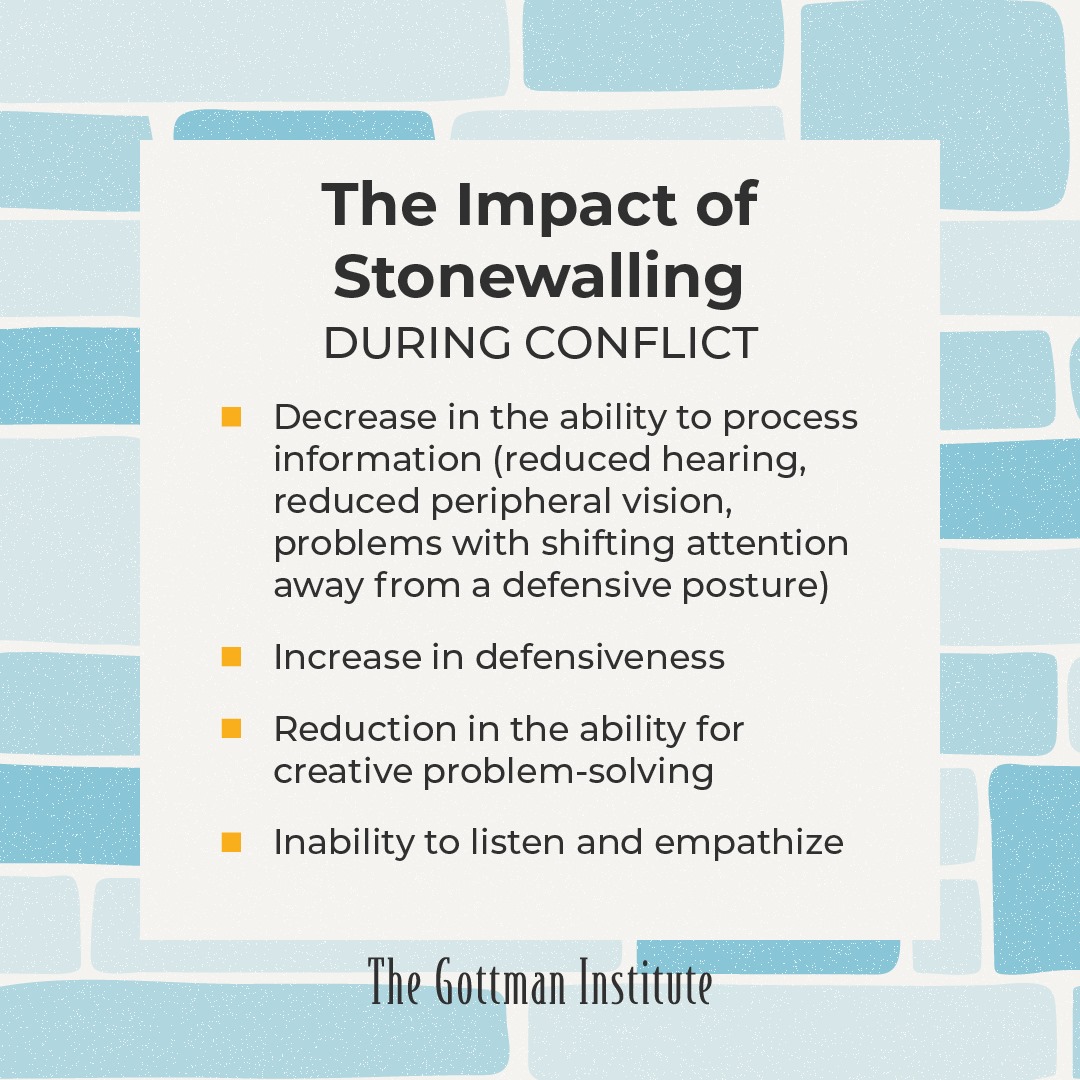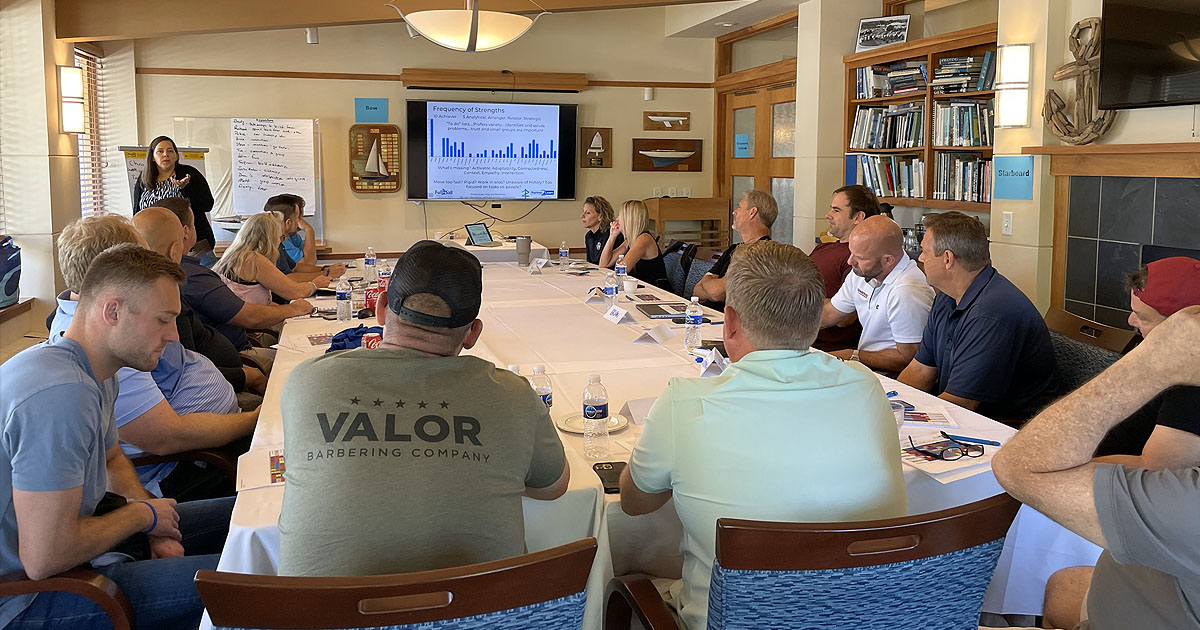Bruce Lee once said, “Empty your cup so that it may be filled.”
A cup that’s already full can’t take in anything new.
Leadership works much the same way.
Many leaders keep pouring into projects, people, and priorities without ever stopping to refill their own reserves. The result is not heroism; it’s exhaustion. Over time, the constant output drains focus, patience, and clarity.
We see it often: talented, high-capacity leaders running on empty. They care deeply for their teams but forget that self-care is part of stewardship. You cannot guide a crew safely through rough waters if the waves wear down the captain.
Self-care is not self-indulgence. It is a mark of humble, mature leadership. The discipline of stepping back to repair your ship so you can keep sailing with strength, purpose, and clarity.
Leadership Under Strain
Even the strongest leaders feel the weight of responsibility. When every decision affects people, performance, and purpose, the pressure can quietly build until it becomes unsustainable.
Recent research shows how widespread this strain is:
- 71% of leaders report significantly higher stress since stepping into their current role.
- More than half experience burnout, whether they lead in person or remotely.
- 4 out of 10 leaders have considered leaving their role for well-being reasons.
These numbers are more than statistics. They are reminders that leadership demands endurance, not constant exertion. A burned-out captain cannot navigate clearly, and the entire crew feels it when direction fades or morale dips.
Everything rises and falls on leadership, but effective leadership begins with self-awareness. Recognizing the signs of strain is the first step toward steering yourself and your team back into calmer waters.

The Ripple Effect
Most leaders do not set out to neglect themselves. It happens quietly, often disguised as commitment.
Thoughts like “If I slow down, everything will fall apart” or “My people come first” can feel noble in the moment.
But over time, that mindset leaves little space for recovery or reflection.
The problem is not busyness—it is awareness. I often remind leaders that ego edges God out.
When pride or pressure convinces us that we can outwork exhaustion, the result is rarely strength. It is a strain that spreads.
When a leader’s energy runs low, the entire crew feels it.
Stress becomes contagious.
Engagement drops.
Communication breaks down.
In fact, global workplace engagement has fallen to just 21%, with managers feeling the sharpest decline.
Burned-out leaders are 34% less effective and more likely to lose their top performers.
On the other hand, teams that work in mentally healthy environments see about 12% higher productivity, a reminder that how we care for ourselves directly shapes how our people perform.
What begins as personal fatigue can easily drift into organizational dysfunction. The leader’s health determines the crew’s health.
SEAsoning the Self: Skills, Experience, Authentic Attitudes
When I talk about leadership, I often describe it as a process of “SEAsoning.”
Just like sailors who grow steadier with every voyage, leaders develop depth and resilience through practice, reflection, and time on the water.
True growth does not come from calm seas but from learning to adjust the sails when conditions change.
This kind of leadership development can be understood through three essential elements: Skills, Experience, and Authentic Attitudes. Each requires consistent attention and a willingness to learn.
- Skills are the habits that keep a leader steady, setting boundaries, managing time wisely, and knowing when to pause before reacting. These daily disciplines help leaders respond with clarity instead of emotion.
- Experience comes from applying those skills under pressure. Every difficult conversation, decision, or storm becomes an opportunity to strengthen composure and confidence.
- Authentic Attitudes are what give leadership heart. Humility, gratitude, and genuine care shape a team’s culture. People follow leaders who are real, not perfect.
Seasoned leaders understand that caring for the crew begins with caring for the captain. Growth starts with the willingness to learn and the courage to lead from within.
5 Practical Self-Care Habits for Leaders
Self-care does not need to be complicated.
It simply means choosing consistency over chaos and preparation over exhaustion. The best leaders make space for simple, sustainable practices that strengthen focus, calm, and connection.
1. Practice Daily Reflection or Journaling
A leader’s schedule can fill quickly, but without time for reflection, it becomes impossible to see the bigger picture. Setting aside even five quiet minutes each day helps clarify priorities, process emotions, and strengthen decision-making.
Journaling or still reflection turns experience into insight.
It allows space to ask, “What went well today? What can I adjust tomorrow?”
Over time, these small pauses form a record of growth and lessons learned, like a captain’s log that keeps the ship on course.
2. Use Box Breathing or Mindfulness Before Meetings
A leader sets the tone of the room long before words are spoken. Simple breathing techniques can transform how a meeting begins.
Box breathing — counting four in, four hold, four out, and four hold — slows the body’s stress response and clears the mind.
Taking even a few slow breaths before a difficult conversation can lower tension and increase empathy.
When a leader is calm, others feel it. Presence and steadiness under pressure invite better dialogue, clearer thinking, and stronger collaboration.
3. Set Healthy Boundaries
Leadership is service, but it should not come at the expense of health or relationships. Without boundaries, commitment can turn into depletion.
Learning to say “not now” or “not yet” helps preserve the focus on what matters most.
Boundaries also communicate value. They tell your team that rest is not a reward; it is part of the rhythm of effective work. When leaders model this rhythm, others feel permission to protect their own energy and creativity.
A rested team is a resilient one.

Photo courtesy: Midwest Shorin-Ryu
4. Stay Active and Nurture Spiritual Rest
Leadership demands endurance.
Physical movement and spiritual renewal help maintain it. Regular exercise boosts mood and energy, while moments of stillness, whether through prayer, meditation, or time in nature, anchor a leader’s perspective.
The most effective leaders make space for both motion and rest. They recognize that strength is not only physical but also emotional and spiritual.
These moments of renewal remind us that leadership is not about constant output; it is about leading from wholeness.
5. Seek Honest Feedback
Even the most seasoned leaders cannot see every angle of their impact.
Feedback offers a mirror that keeps awareness sharp and ego in check. Inviting candid input from colleagues or team members builds trust and strengthens culture.
Feedback is not a threat to authority; it is a tool for growth. When leaders receive input with humility, they show their teams that learning never stops. That openness reinforces a culture of respect, safety, and continuous improvement.
Small habits practiced faithfully have a compounding effect. Over time, they build steadier leaders and healthier teams, crews that trust their captain because the captain takes time to stay strong.
Stewardship Begins with Self
Healthy leadership begins with humility and the awareness that strength requires renewal.
Leaders who take time to rest and reflect lead steadier teams. Their clarity becomes direction, and their calm becomes confidence for those who follow.
Self-care is not self-centered; it is stewardship. A leader who maintains their own well-being can better guide others through uncertain waters.
At Full Sail Leadership Academy, our programs give leaders space to practice this kind of renewal through hands-on experiences that build awareness, resilience, and connection.
Join us to learn how caring for yourself can strengthen your leadership.

 (c) 2025 Full Sail Leadership Academy
(c) 2025 Full Sail Leadership Academy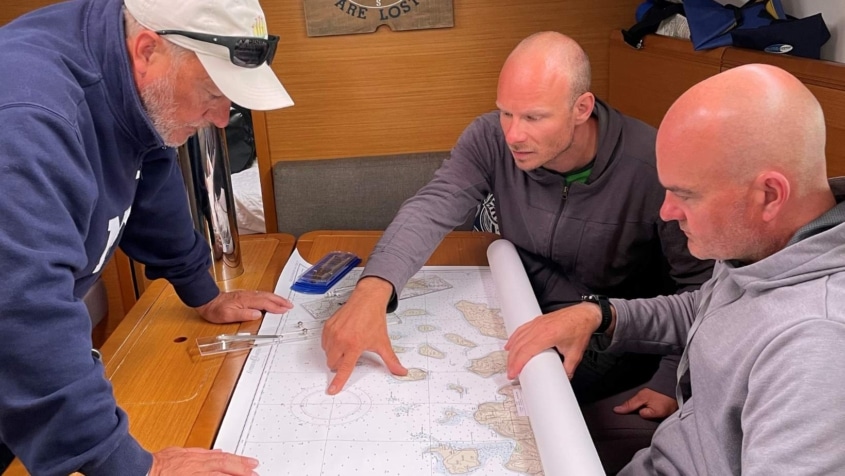 (c) Full Sail Leadership Academy
(c) Full Sail Leadership Academy
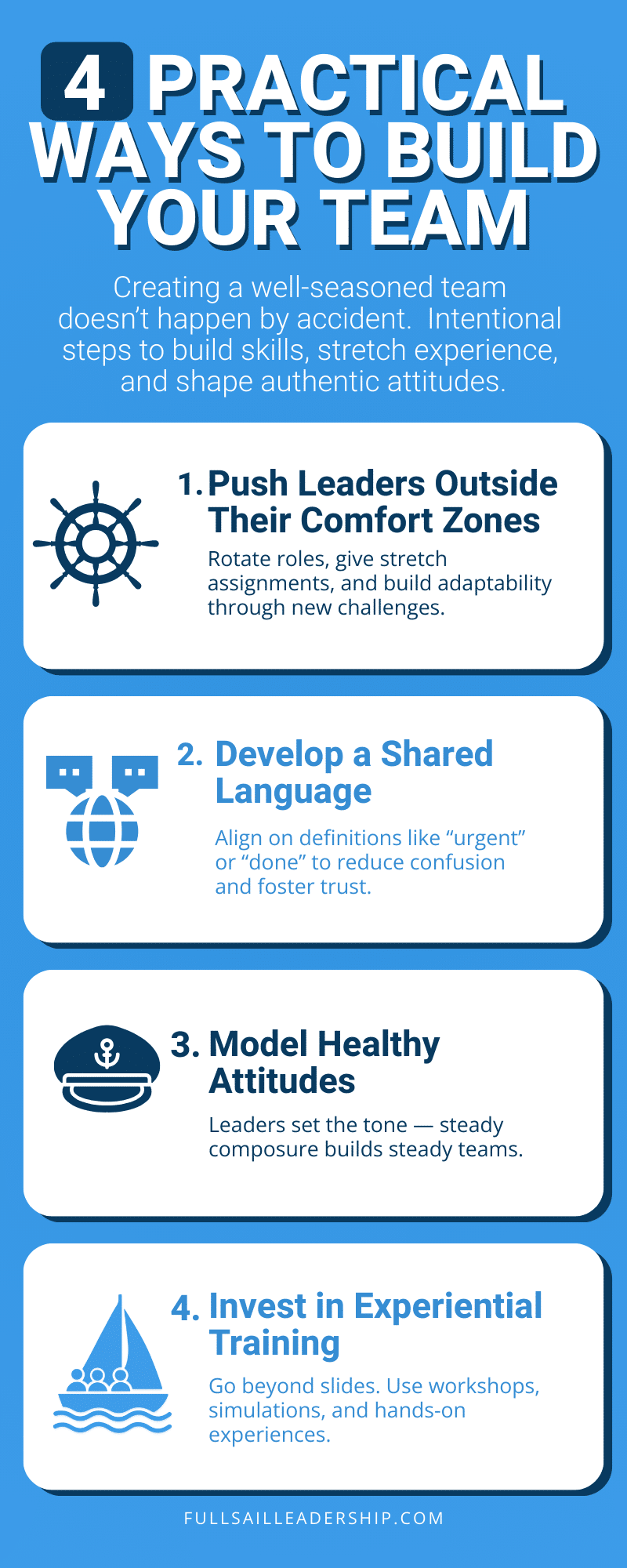
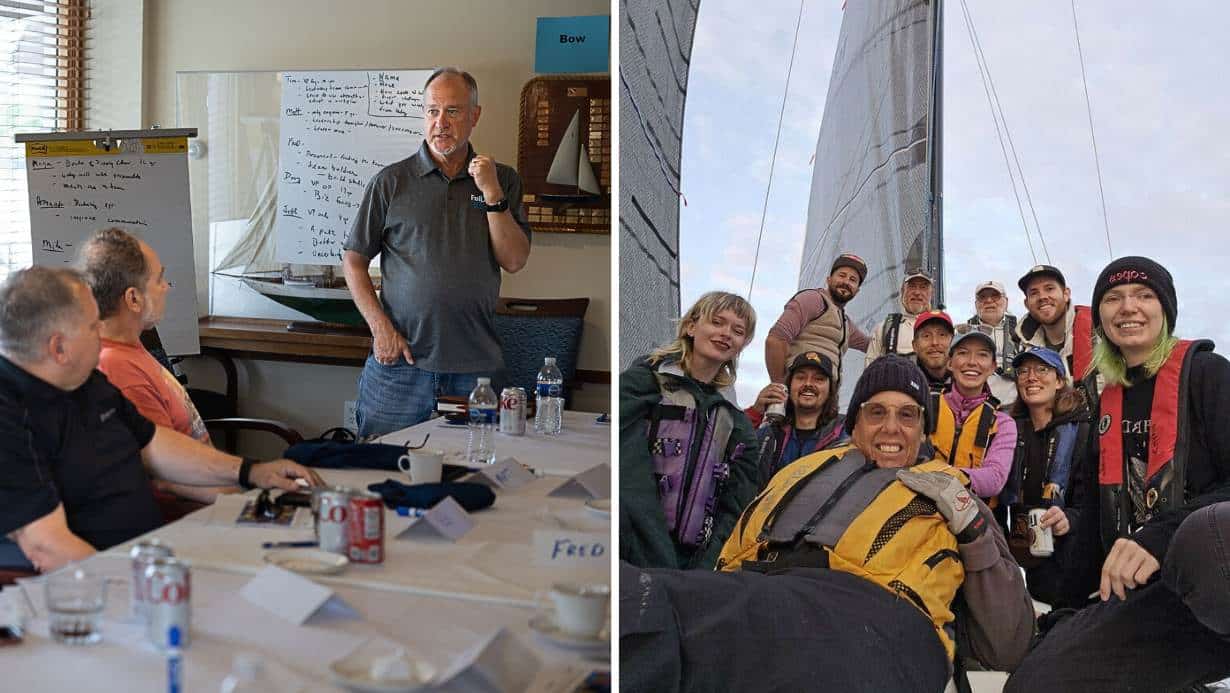

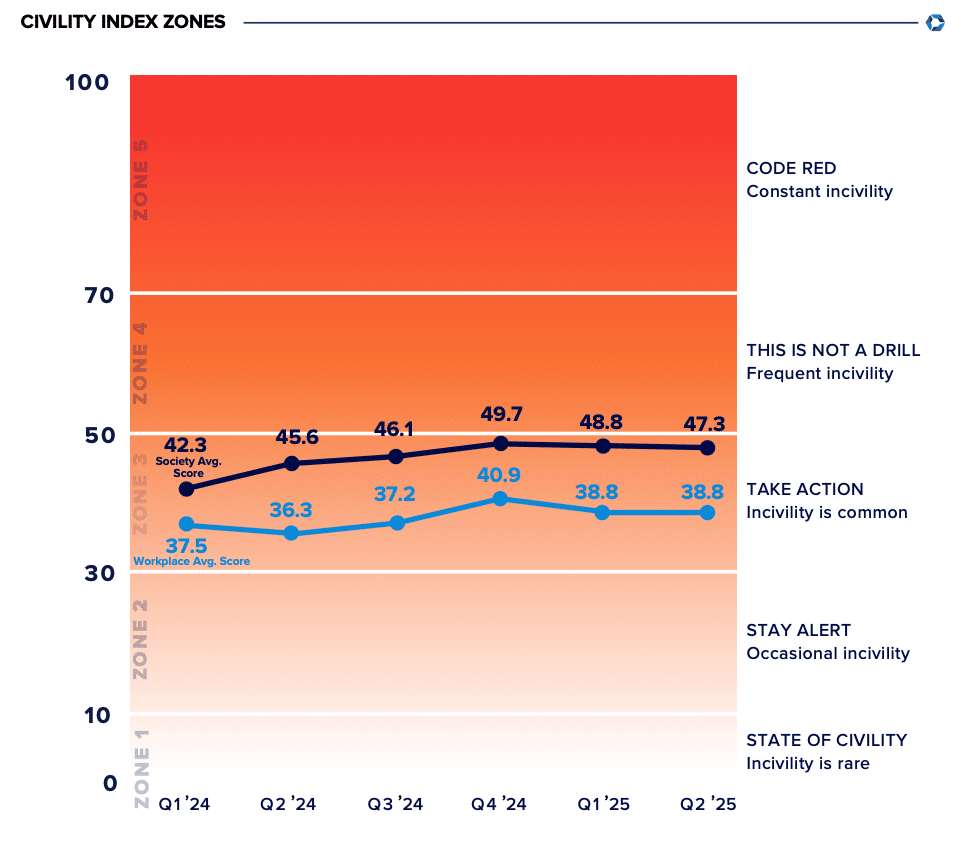
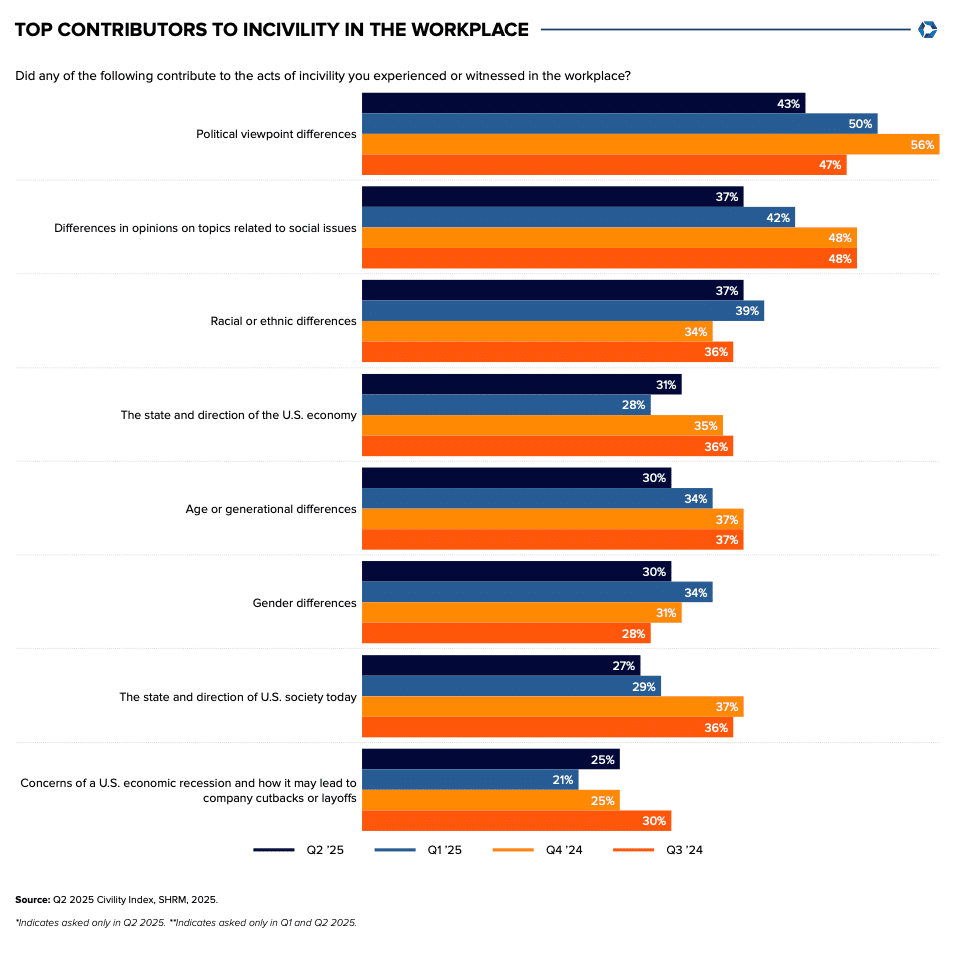

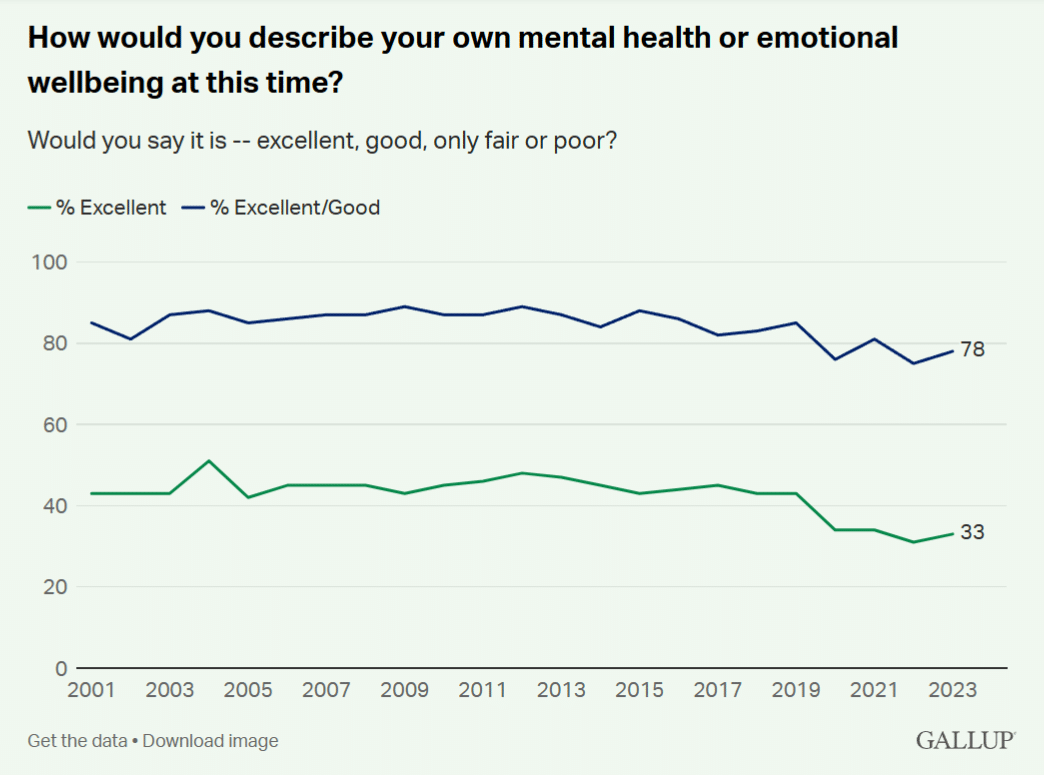
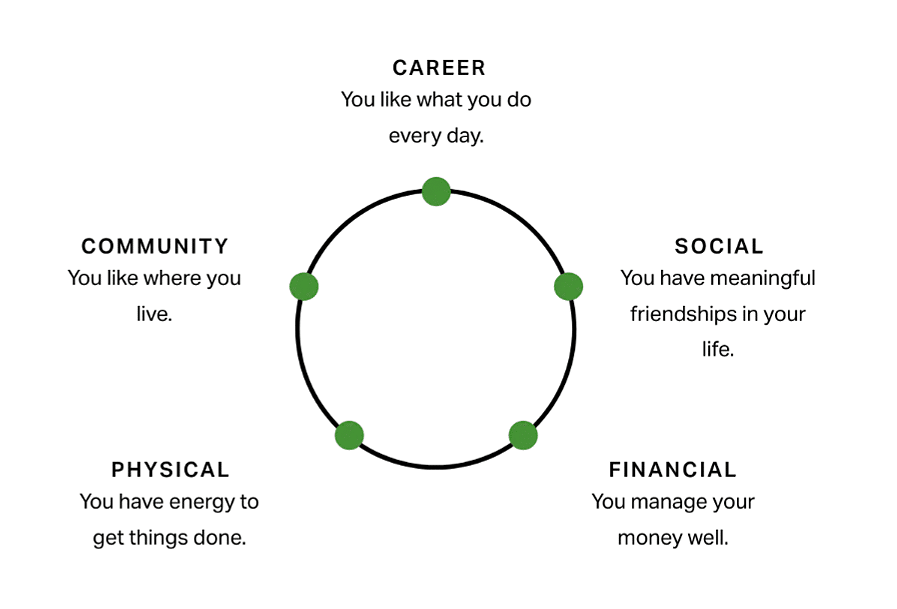

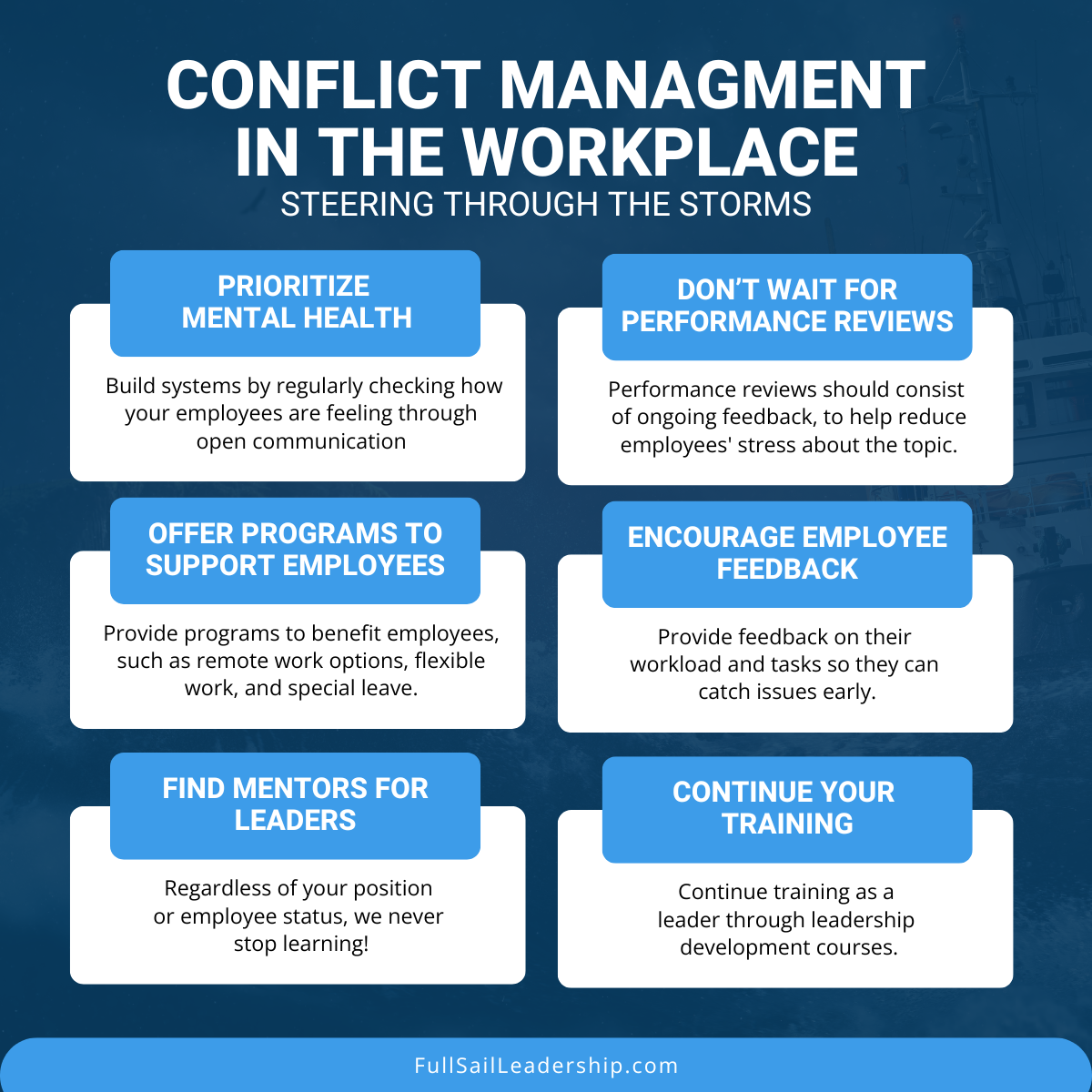
 (c) 2024 Full Sail Leadership Acedemy
(c) 2024 Full Sail Leadership Acedemy

 (c) 2024 Full Sail Leadership Academy
(c) 2024 Full Sail Leadership Academy






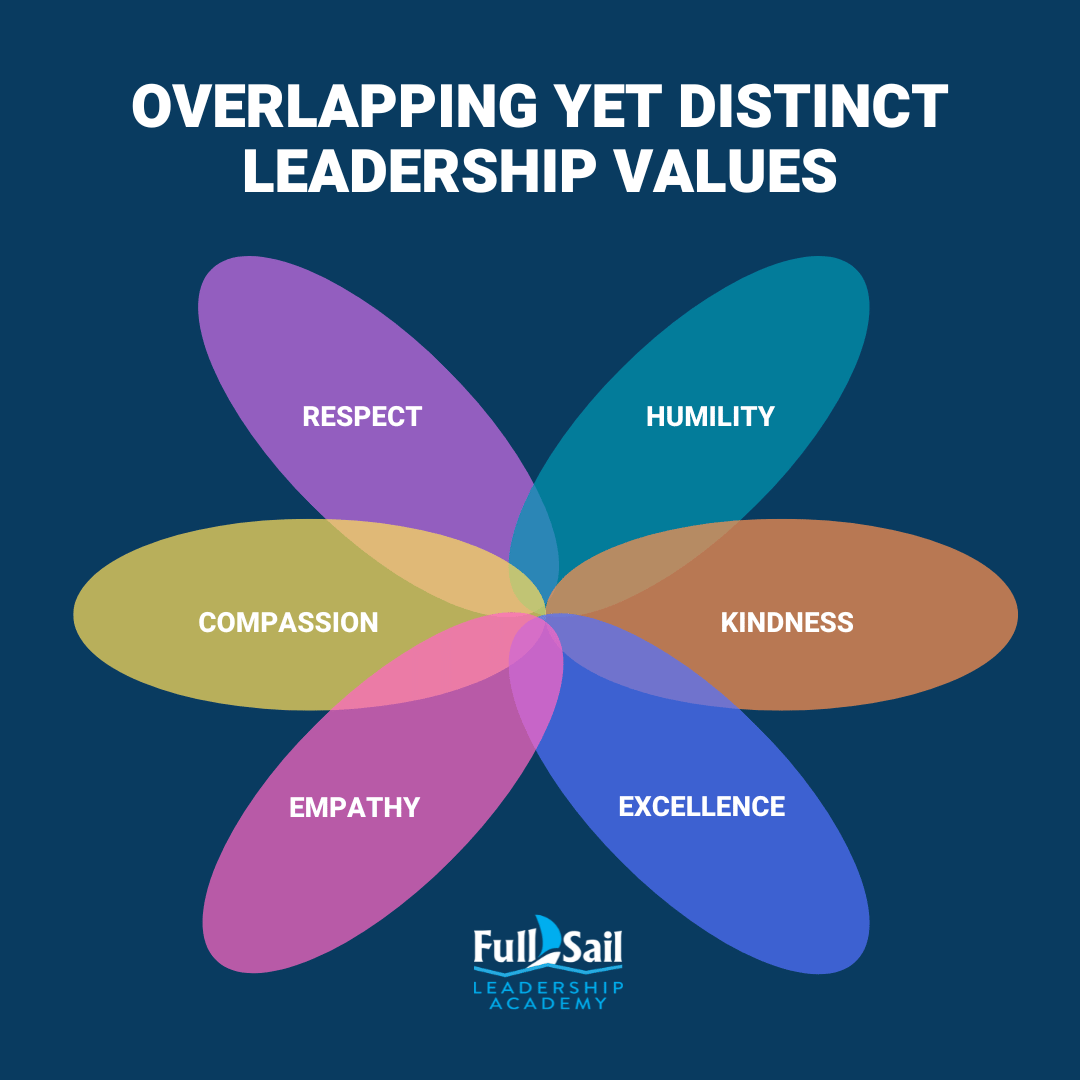




 (c) 2023 Full Sail Leadership Academy
(c) 2023 Full Sail Leadership Academy
